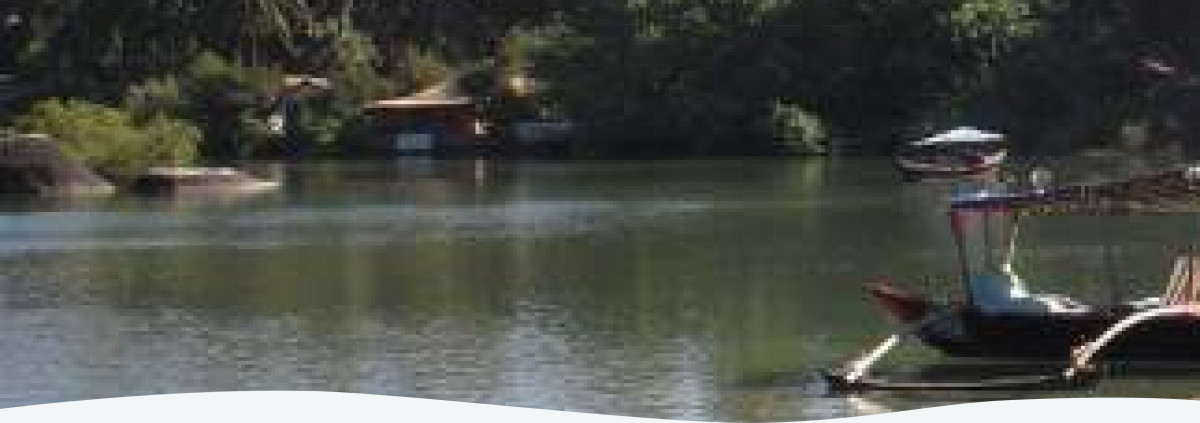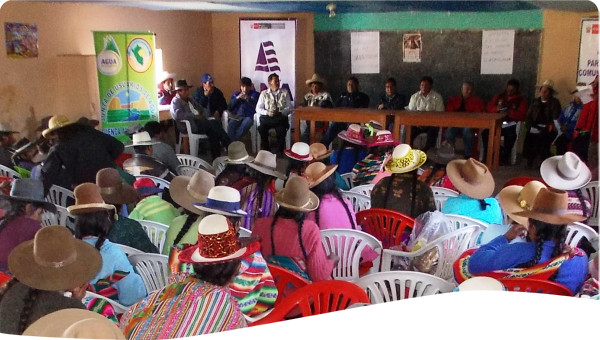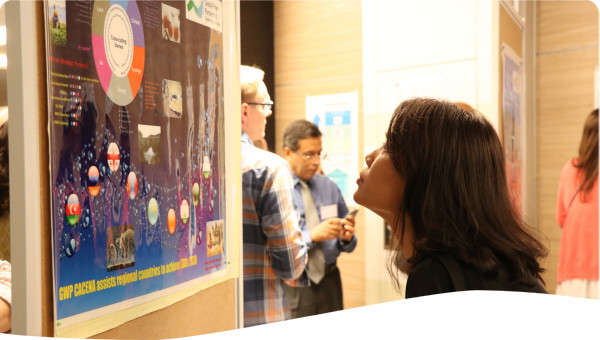The district of Tikamgarh has faced severe water scarcity. Action was thus taken to implement concrete measures to restore the water bodies in the surrounding area. Together with relevant stakeholders, the district administration initiated and implemented the project. The key lesson to draw from this case is the need for the participation by all relevant groups.
The district of Tikamgarh from Madhya Pradesh has a large number of water bodies, which are used for irrigation, fisheries and drinking purposes. These include tanks constructed in the 8-9 century AD and up to the present time. In the post-independence period, the state government started developing irrigation projects and gave emphasis for the maintenance of existing facilities, like live tanks, canals, and dams. However, cultivation and intensive flood irrigation practices caused demand for large quantities of water. Increased population also led to increased utilization of available water sources for consumption. Therefore, these water bodies were subjected to increased stress. Quite a large number are still serving the needs of the people, but are in various stages of degradation, siltation, and consequent reduction of storage capacity, with weed growth due to anthropogenic activities. The district faced extreme water scarcity for three consecutive years from 2000 to 2003, during those years the district received rainfall less than 50% of normal rainfall resulting in excessive exploitation of the tanks and small water reservoirs and extreme water scarcity. Due to years of neglect, siltation and encroachment, live storage capacity in most of the tanks had reduced to below 50%. Therefore, the people, as well as the district administration, realised the need for concrete initiatives to restore these water bodies. The district administration decided to coordinate the programme with the concerned government departments as well as NGOs with the execution to be done by water user groups consisting of farmers' water user’s associations (WUAs) and fishermen cooperative societies.
Several meetings were organized with the WUAs, agriculture, Local Self Governance department, NGOs and Fishermen societies in the presence of the task force and motivated them for action at the field level by public participation at the local level.
Similarly, clear cut directions were given to the Chief Executive Officers of the sub-district level rural local bodies and the Chief Municipal Officers to mobilize their field level staff. Zonal officers heading a team of field staff were given responsibility of a cluster of villages to monitor the programme and provide technical guidance.
The programme involved public awareness activities (celebration of World Wetlands Day). All activities were carried out by the water user groups, fishermen societies, self help groups and urban and rural local bodies without any monetary assistance from the district administration.
Through the public awareness generation discussions organised at various villages, it was stressed that all water users should keep regular watch on water sources and ensure prevention of pollution for their own good. Activities such as desilting, removal of Ipomea, water hyacinth and red algae in 319 water bodies, construction of structures for preventing soil runoff, and preparation of compost pits to promote recycling of organic waste, were executed in the week.
There was overwhelming response from the community in all the awareness as well as conservation works. The outcome was field level action, which included cleaning of tanks, construction of compost pits and water harvesting structures, village/street up-keep and collection and disposal of solid wastes. The campaign proved to be a catalyst for the expansion of the water conservation activities in the district in the coming years by the community based institutions and for raising the level of self belief amongst the dormant water user groups that they were indeed the managers of the water resources under their jurisdiction. The implementation of government schemes relating to water resources management e.g. poverty initiatives programme and watershed mission accordingly benefited on account of better participation from the community.
It illustrates how a campaign for the conservation of water can be run by motivating the stakeholders, water user groups and members of local bodies. However government bureaucracy should provide enabling environment and have trust in these community based institutions.
Appropriate leadership from the top field officers of the district who should have a vision and the drive to execute it as an action plan. The continuity of such officers is therefore essential for keeping up the momentum.
The routine working style and lack of coordination between the field departments makes replicability of such actions difficult in other districts. However, once this is achieved then for continuity team should be left undisturbed so that such actions get institutionalized.
 Case studies
Case studies

